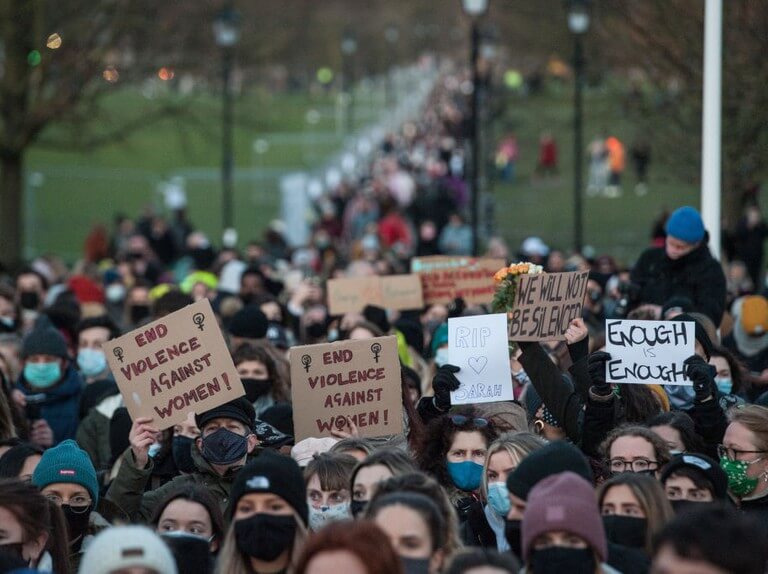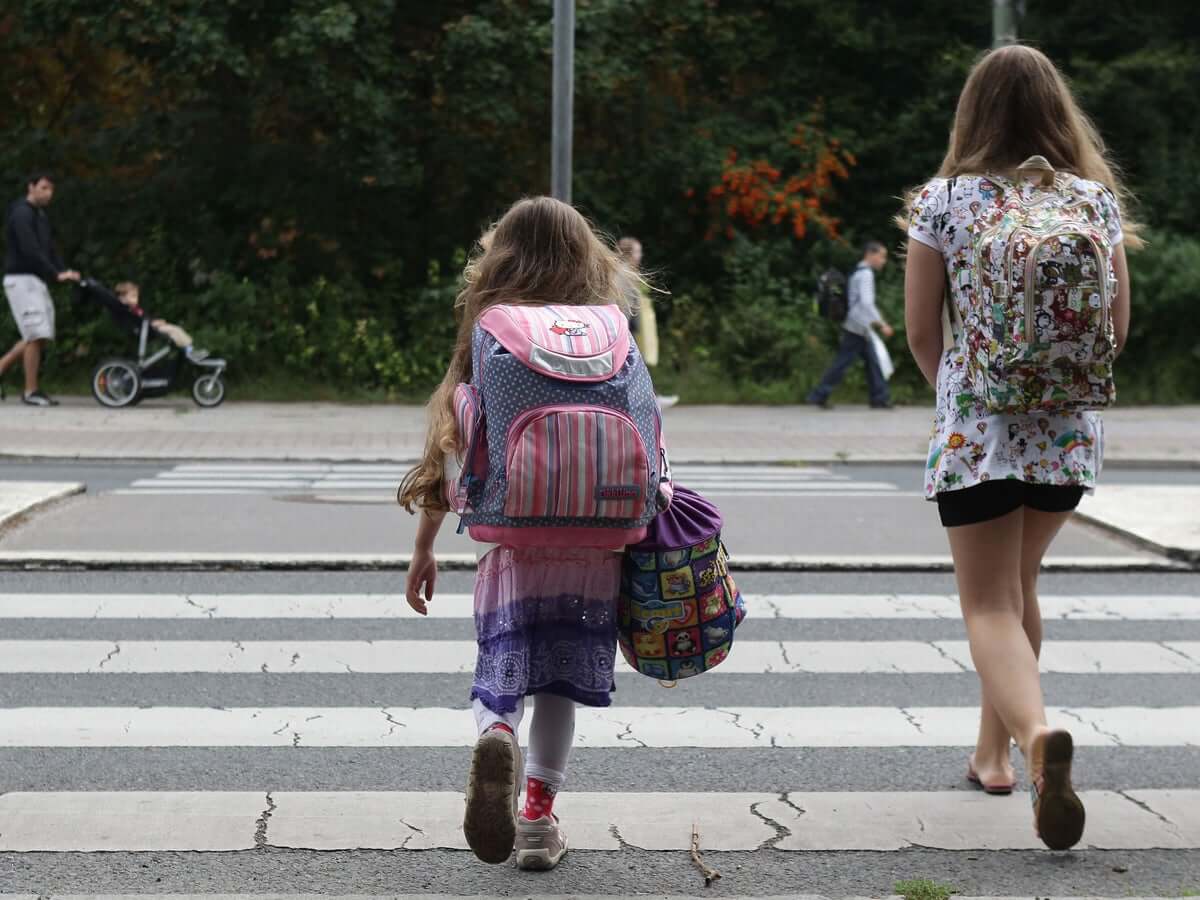It’s been a year since the violent murder of a 33-year-old woman named Sarah Everard in Clapham, South London. This tragic event sparked outrage across the UK and gave thousands of women the courage to speak up about their own negative experiences with men.
Amidst protests against male violence, another tragic murder took place. A 28-year-old primary school teacher, Sabina Nessa, was brutally attacked in broad daylight. This further highlighted to prevailing issues of male violence against women.
There is no doubt that more needs to be done to make the UK streets safer for women. Yes, the government stepped up and the police got involved but how lucrative were their efforts? More importantly, are these efforts still ongoing in 2022?
Why Are Women Scared to Walk the Streets Alone?
The answer to the question of ‘why are women scared to walk alone’ is quite obvious. It becomes even more obvious when you look at some of the scary statistics surrounding attacks on women in recent years.
Sadly, the horrific murders of Sarah and Sabina that occurred last year are not stand-alone incidents. Although male homicides are more common than female homicides, women are much more likely to be sexually assaulted.
Sexual assault may involve rape, domestic abuse, stalking, and unwanted sexual advances and at least 3% of all women will be the victim of recurring sexual assault in one or more of these forms.
Five million women in the UK say that they have been sexually assaulted in the past. This is five times the number of men who have been sexual assault victims. Plus, it’s likely that this figure is watered down due to many women choosing not to file reports after being assaulted.
With this being said, it’s no wonder that more and more women are scared to walk alone, especially during the night-time hours when it’s dark and quiet on the streets. Despite thousands of attacks taking place during the daytime, women are naturally more apprehensive to travel alone when the sun goes down.
Around 32% of women in the UK agree that they feel unsafe when walking outside alone at night. The obvious answer might be for women to avoid going out when it’s dark unless they have somebody with them at all times.
Theoretically, this approach works well. Women are less likely to be attacked when they are accompanied by somebody else (especially if this somebody is a man).
But the reality is quite different. It’s not always possible for women to find a partner to walk with and they have no means of protection at night. Some women finish work in the early hours of the morning, after which they have no other means of getting home besides walking.
Taking into account the statistics and the reality of being a woman in the UK, it’s clear to see why women are scared. And this fear is only growing more each year as the number of attacks increases.
So, what can be done to help women feel more secure? How can we all work together to make the streets safer for women in the UK?
What Can Be Done to Make the Streets Safer for Women?
Women’s safety has been slowly improving over the last two decades. Generally, more women report feeling safe on the streets in the present day than they did back in the early 2000s. Despite this, more work needs to be done and there is still a long way to go.
Last year highlighted the fact that there are still a lot of improvements to be made when it comes to women’s safety on the UK’s streets. Even though women are taking the right steps to keep themselves safe, it doesn’t distract from the crystal-clear statistics showing that women are still more likely to be attacked than men.
Luckily, lots of great things have been implemented over the past 12 months to work towards a safer environment for females.
In 2021, the Mayor of London, Sadiq Khan, spoke out about women’s safety on the streets. He mentioned that funds were being collected for a ‘design out crime’ scheme. The idea behind ‘design out crime’ was to make the roads lighter and brighter so that women had well-lit roads to walk down after work.
The government also announced that they were increasing their Safer Streets fund by almost 100% to around £47 million. Increased Safer Streets funds enabled more CCTV cameras to be placed around the city and improved lighting on the streets.
Of course, placing more funds into improving street safety for women is a huge step in the right direction. However, providing more CCTV cameras and better lighting is not the answer to the problem. It doesn’t solve the root of the issue.
Violence against women won’t disappear because the streets are more illuminated at night. The abduction of Sarah Everard took place on a busy main road in London and the attack on Sabina took place in the middle of the day in a public park.
Back in March of 2021, the government invested £300,000 into a program called Project Vigilant. This scheme involved a number of police officers patrolling busy venues and nightclubs in non-uniform to identify potential attackers.
Under Project Vigilant, undercover police managed to catch 117 individuals in multiple areas across the South of England and made 10 arrests for sexual harassment against women.
Many people are protesting and campaigning for tougher sentences to be given to men who have been convicted of crimes against women. However, there is currently no data showing that tougher sentences have been implemented. The appeal to make misogyny a hate crime was also rejected, as shown by a recent report by the Law Commission.
More can definitely be done to improve the safety of the UK’s streets for women. However, there are certainly some great strides being taken to work on street safety and clamp down on crimes against women.
















Leave a comment
This site is protected by hCaptcha and the hCaptcha Privacy Policy and Terms of Service apply.